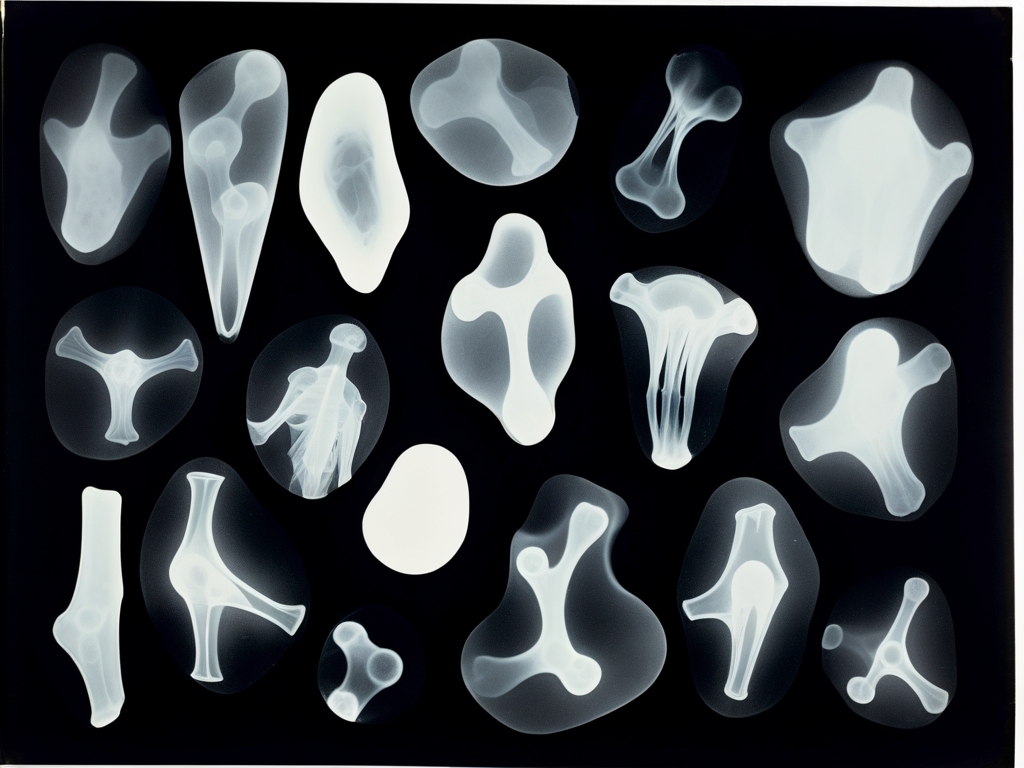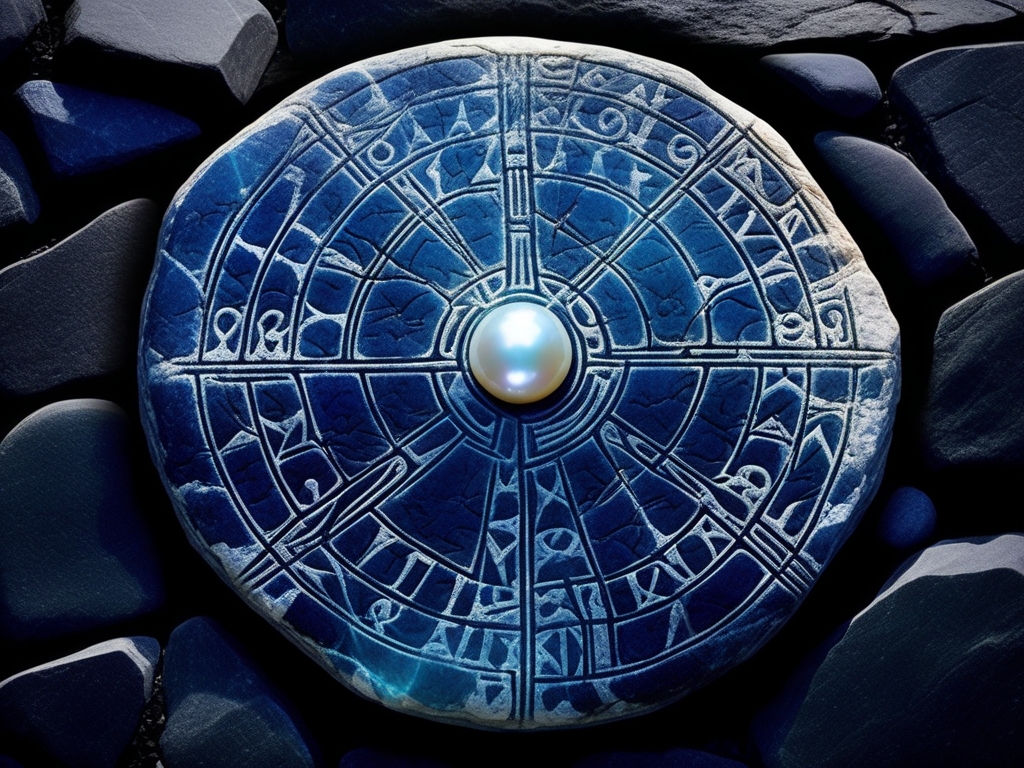The Chronograph's Curse

Created by artificer Zelda Blackthorn during the European occult renaissance, The Astral Chronograph combines precise mechanical craftsmanship with elements that defy explanation. Its structure consists of intricate concentric rings in brass and steel, surrounding a central turquoise crystal of unusual luminescence. Four grotesque faces, carved with unsettling detail, mark the cardinal points of the device.
Though initially classified as an astronomical calculator, the Chronograph's true nature remains mysterious. The outer rim bears elaborate engravings in an ancient runic script, which has resisted translation.
The grotesques are not mere decoration—they serve as wardens of time itself. Their perpetual expressions of anguish suggest they guard something far more precious than simple measurements.
- Dr. Mathilda Voss, "Principles of Temporal Archaeology"
The first documented evidence of the Chronograph's extraordinary properties appears in the writings of Magistra Corvina Vale. After finding the artifact in an abandoned Bohemian monastery, she observed how the central turquoise would reveal visions of possible futures within its crystalline matrix.
Corvina's research drew unwanted attention from the Celestial Brotherhood—an esoteric society convinced the Chronograph could grant them mastery over time itself. They pursued her across Europe's occult circles, forcing her to move between hidden sanctuaries.
The conflict culminated at Mont Saint-Michel in 1876. There, Corvina realized the Chronograph was meant to achieve harmony with time's flow, not dominate it. The Brotherhood's attempt to seize and activate the device resulted in a temporal anomaly that scattered its members across different eras, while Corvina managed to remain in her own time and place.
H.C. Ravensfield acquired the Chronograph in 1912 from an anonymous European collector. Visitors who examine its intricate mechanisms often report dreams involving alternate histories and paths untaken. The device resides in a specially designed case in the museum's west wing, never loaned to other institutions, under strict handling protocols maintained by the Ravensfield family.




